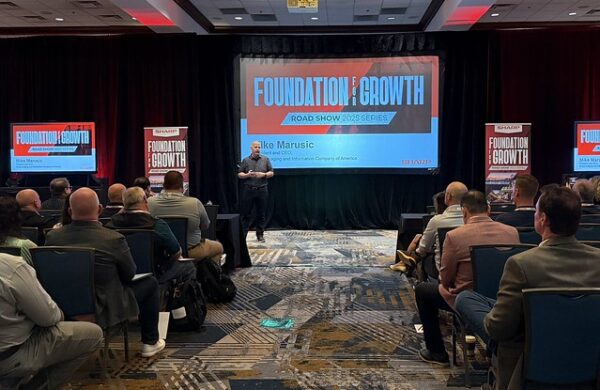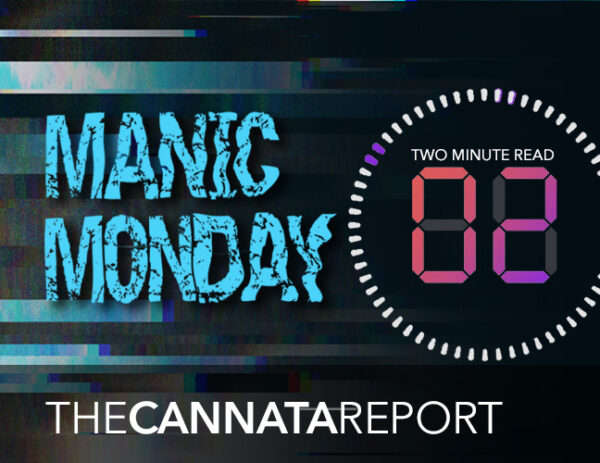An examination of the highs and lows of the PE firms reshaping the dealer channel
In this month’s column, I want to explore private equity and its impact on the dealer channel. The burning question: What is the real impact of private equity acquisitions on both dealers and manufacturers?
This is something our industry has been watching for many years. It started with roll-up organizations such as Alco/IKON, Danka, Global, and so many others that have engendered the involvement of private equity.
There is no question the most successful of these deals was Xerox’s acquisition of Global in 2007. The Tom Johnson approach to conducting acquisitions, in my opinion, was by far the best.
Anne Mulcahy, the CEO of Xerox at the time, was building off the company’s success with its Tektronix acquisition in September 1999, and adopted the same philosophy when Xerox acquired Global. She insisted that Xerox leave Global alone. Her orders were clear and unambiguous, “Let Global be Global.” In other words, she was telling Xerox to not try to change the way Global had chosen to operate as the very profitable company it had been. In 2009, Ursula Burns, who followed Mulcahy as CEO, did not look to change the integration strategy that was working very well.
The result was that for 10 years, Global operated in very much the same manner that it had under its founder Johnson’s leadership. In 2017, Global’s sales had increased to $2 billion from the $1.3 billion it registered at the time of its sale to Xerox. It was also providing 50% of the profit for the Xerox Corporation. Allow me to add that in the same year, the total revenue for Xerox was $17 billion, Global’s profit contribution was remarkable.
What followed next was the takeover of Xerox led by Carl Icahn and his associates in 2019. As part of the takeover, these activist investors systematically dismantled Global, the most profitable Xerox Corporation business unit. Somehow or other, Icahn and his team failed to understand the true meaning of the phrase “retention of MIF” and what it means in terms of recurring revenue streams. They reduced expenses by terminating the most successful (highest paid) employees in the Global organization. In some instances, it was a great move, but not within the Global organization.
The new management team visited the leading Global locations. In many of those places, the former owner or someone who had been a part of the dealership when it was acquired was still effectively operating the business. They were advised, “You have two vice presidents, terminate the highest paid of the two, and let the other take over both operations.”
Enter the private-equity firms that seemed to have learned from IKON how to do roll-ups (acquire dealers and fold them into a single entity). Some even looked at the smaller U.S. manufacturers in the industry.
From my perspective, there were those that did it the right way (read, Global) by placing former key Global executives in charge. Frank Gaspari of FlexPrint and Dan Cooper of Novatech are two examples. B oth of these organizations have had their share of challenges over the past two years and came out of it in very good shape. They have participated in our Survey for the last three or four years, so we know what they have done. It also means we cannot share the actual results since this information is confidential. But trust us when we say they were conducting their businesses successfully, despite the challenges.
In 2015, when Norwest Equity Partners acquired Marco, Jeff Gau, CEO and Steve Gau, vice president, remained. Doug Albregts was hired as the new president in 2019 and took over from Jeff as CEO this year. Marco’s acquisition strategy has also apparently worked well.
Marco began by buying dealerships in different sections of the country and quickly realized that was not going to work well. The company altered that strategy by concentrating on an area in the Midwest closer to Saint Cloud, Minnesota. Marco believed that it could more effectively direct and control acquired dealerships in the Midwest. The differentiating factor here is that we have two industry veteran leaders in Doug and Steve, who fully understand the business model and what makes it work, key elements of their ongoing success.
UBEO has Jim Sheffield, who had partnered with Lou Scantland to form and build DOCUmation in Texas. When they separated, Jim went his own way and established UBEO, bringing a little something different to the roll-up game by doing mergers rather than outright acquisitions. Jim and his team are people who cut their teeth working in independent dealerships, and they, too, fully understand the business model and how it is supposed to work.
Michael Brigner, senior vice president of mergers and acquisitions for Visual Edge, is frankly someone I do not know as well as the others. He has, however, enjoyed a lengthy successful career in our industry. What I do know is where Visual Edge came from. It was a very successful dealership operating under the name Graphic Enterprises in Canton, Ohio, owned and operated by the Frank family. I knew Don Frank quite well, and for a time, he was a member of our Advisory Board. Brian Frank is now COO of Visual Edge. I believe with these executives’ histories, they understood how these roll-ups could and should work.
As for the others, I believe most private-equity firms have failed to grasp what makes independent dealer operations extremely profitable. Coming from outside the industry, they seek to apply principles established by people such as Carl Icahn and think they can even do it better.
From my standpoint, this looks like their strategy: Cut expenses, focus on revenue, and stop spending money on advertising, promotion, and investing in new technologies. Then, take an organization that had a successful tenured sales and service organization and turn it into one with high turnover rates.
MT Business Solutions of Mansfield, Ohio, is an actual case where I witnessed these dynamics. Global-Xerox acquired this dealership in May 2017. MT was Ricoh’s highest performing dealership, and the dealership had an able leader in place who had worked for MT for many years. Unfortunately, he was asked to do what Xerox mandated.
Shortly after being acquired, MT salespeople and service technicians began seeking new employment. They visited competitive dealers in groups of five and six to sell their knowledge of the placement landscape and their long history of success. They were bound by a non-compete agreement, but when they were free, they left. As relayed to us by a dealer who had hired a group of six of these professionals, they all said the same thing: We have been selling Ricoh for many years, and we have no interest in selling Xerox.
As I noted with FlexPrint and Novatech, not all private equity buyers destroy initiative, stymy entrepreneurial leadership, and require that CEOs conform to a formula that can only lead to a loss of revenue and competence.
For the other PE firms, it is the same sad story we saw with Xerox-Global. Profit is protected by reducing expenses, and the MIF carries the load with sales of service and supplies that gradually decrease. They destroy what the company they acquired had done so well for so many years, one painful piece at a time.
At some point, the MIF will become severely diminished, and the time is fast approaching when that will happen. Take the MT MIF as it now stands; what is the growth of A4 MFP doing to it? You know the answer. Does anyone believe that MT Business Solutions-Xerox is still generating more than $75 million a year for Xerox? Not likely!
The concept of the sum of the parts being greater than the whole does not work with office equipment dealerships. It is the relationships that the independent dealer forms with his suppliers and their customers that are the most important elements of success. That and an ability to react quickly to sales opportunities with an organization that has been working together for many years are what makes them successful.
The entrance of private equity into the dealership world has made many of our dealer friends very wealthy, and we are happy for them. At the same time, the departures of these talented leaders and the resulting damage done to their previously successful dealerships have also enriched those dealers they once competed against. Only now they are beating the new owners one placement at a time.
Private equity seems to operate based on short-term benefits, and that has deeply damaged a distribution model that moved large numbers of machines and made money for themselves and everybody they did business with. You might say this is healthy for an industry that is contracting. I disagree.
My feeling remains the same. Dealers have been adapting to the significant changes in the technology for the last 50 years. The successful ones that remain have continued to diversify and compensate for the loss of revenue from declining clicks. The pandemic has been a gut punch to everyone. The next couple of years will prove the viability of this independent distribution channel. I expect to see the remaining dealers continue to evolve into a more services-oriented business model, and once again, confound the naysayers who think they could not possibly be successful doing business that way.
Stay tuned. We’ll all continue to follow the evolution of the business, and we’ll see in the end who was right.
Access Related Content





